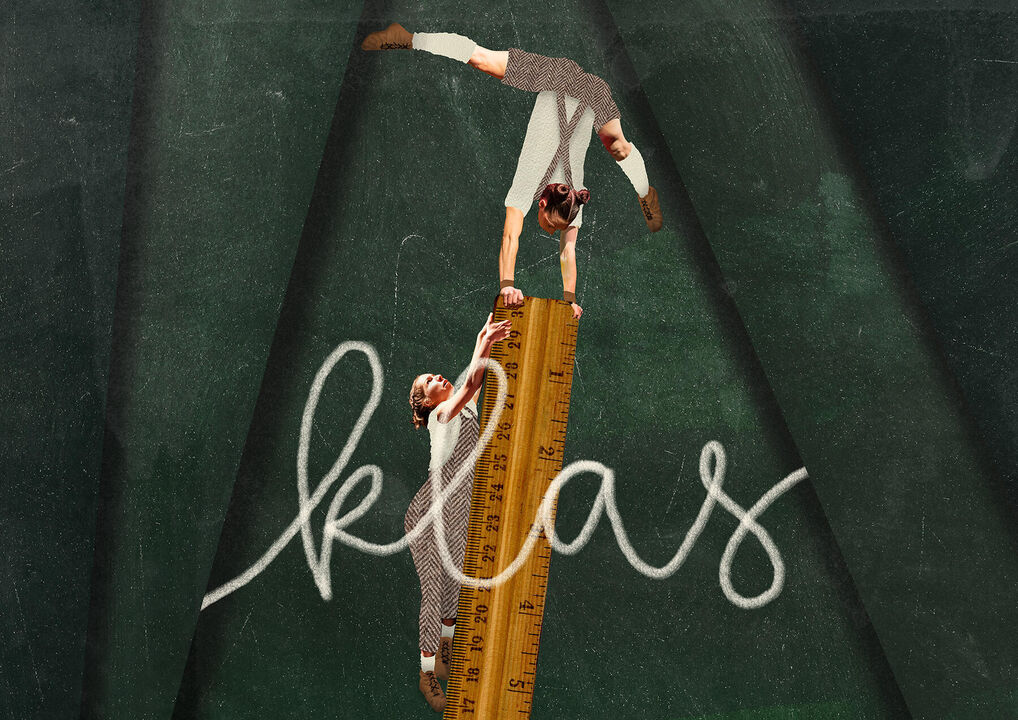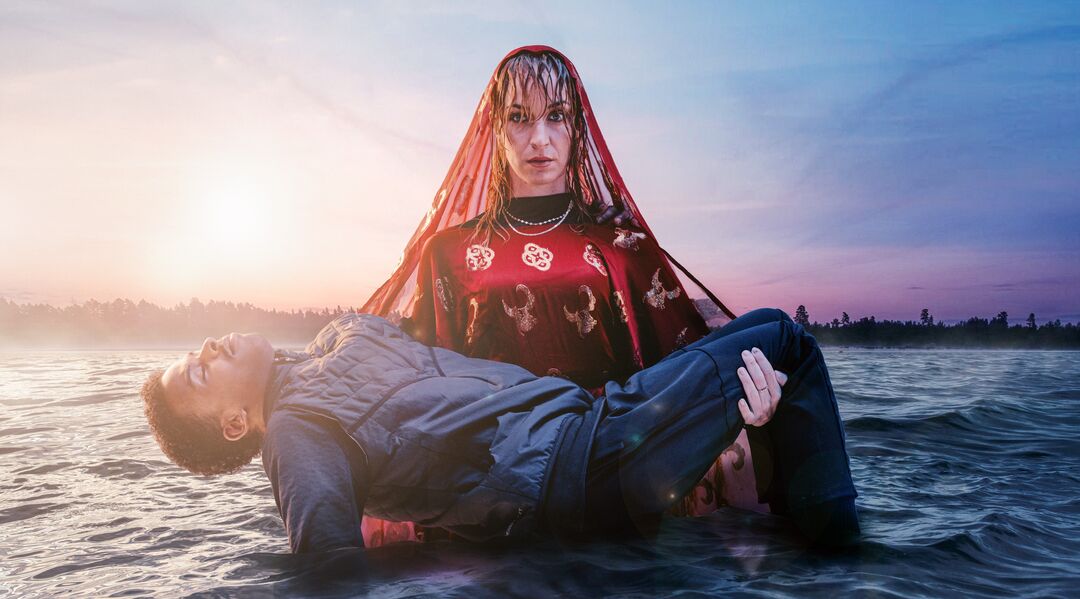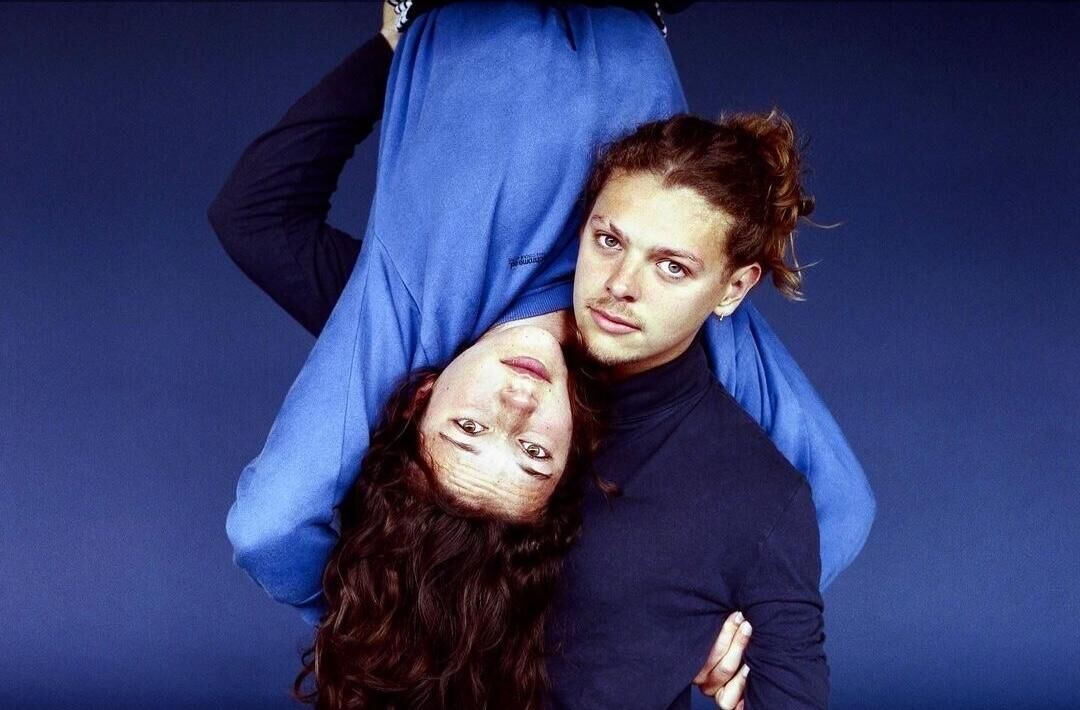x Welcome to Trevoga’s Vestibule of Hell x
Raw, sensual, rebellious, and confrontational — the hard-hitting dance collective Trevoga collides pop culture, the club scene, “high art,” and a dash of horror into an explosive commentary on our zeitgeist.
Trevoga’s second major production, XX-63, is a multidisciplinary descent into the fractured affect of Gen Z—a choreographic hallucination shaped by pop trauma, endless scrolling, and techno-desire. Described by its creators as a “waiting room in a dystopian fantasy,” the piece explores themes of saturation, escape, and the violent choreography of craving. The result is a dystopian dreamscape where dance, visual imagery, theatre, and sound merge into an unsettlingly intimate reflection on urban excess and the weight of self-inflicted stillness.
A broken mirror of a broken present — XX-63 refuses to optimize or “thrive.” Instead, it opts out — and lets itself decay. Neither resistance nor surrender, Trevoga reveals a world that craves until it corrodes: a sticky fog of emotional fatigue where bodies twitch in circuits of synthetic longing, and withdrawal becomes not just a symptom, but a tactic.
XX‑63 does not ask to be watched. It asks to be felt — to be breathed with. It is a shared atmosphere of static ache, interrupted tenderness, and suspended desire. There is no arc. No final beat. Only the slow, recursion of being too alive in a world that wants you overstimulated and starving. A quiet jouissance of rot that somehow keeps breathing.
Developed with co-director and dramaturg Nikola Stoyanov—a philosopher of technology and theorist of cybergothic infrastructures—XX-63 is not linear, but cyclical: movement stutters, loops, and collapses like a corrupted file. The production is brought to life through key artistic partners in design and sound. The Hague-based art duo Alagya, who designed a futuristic, sculptural stage environment that both challenges the performers and pulls the audience into a charged, liminal space. The sonic world of the piece is shaped by Sueuga, a composer and sound designer known for their immersive installations at institutions such as MASS MoCA and Café Oto. Their score blends abrasive industrial textures with flickers of soft nostalgia—distorted drums, Y2K shimmer, and ambient dread. The designer wear featured in the project was curated from David R. Siepman’s collection Dragen, with pieces selected and styled through the vision of up-and-coming creative, Michalina Górnik.
Lurking beneath the surface is the logic of rotmaxxing — an internet-born refusal to optimize, to “thrive.” Instead, it opts out. It allows the self to decay softly, deliberately. The work never names it, yet its temperature lingers in every slack shoulder, every shallow breath. Here, rot is not a diagnosis, but a climate — a sticky fog of emotional fatigue, where withdrawal is not just symptom, but tactic.
XX‑63 does not tell a story — it spirals. Through repetition, aborted gestures, and tender unravelings, the piece traces motion as symptom: a twitch, a glitch, a system buckling under its own overload. Choreography becomes decay in motion — a kinetic rot where bodies spin in overstimulated orbit, refusing the false release of catharsis.

Credits
Artistic Direction and Choreography Neda Ruzheva | Dramaturgy Nikola Stoyanov | Performers Ana Szopa, Ming Jou Chen, Nazar Rakhmanov |Set Design Aron Lodi & Szilvia Bolla - "Alagya" |Light Design: Erik van de Wijdeven |Music: Manolis Elijah Sueuga - "Sueuga" |Designer Wear David Siepman |Styling Michalina Górnik |Co-produced by Julidans & One Dance |with the support of The Platform, Dirty Art Foundation, ICK Amsterdam & Toplocentrala Centre for Contemporary Arts
“Xx-63” is funded by the Amsterdam Fund for the Arts, NORMA, Prins Bernhard Cultuurfonds, Fonds 21, and the support of the European Union through the Next Generation EU instrument under investment BG-RRP-11.020-0130.
Loking for something similar?





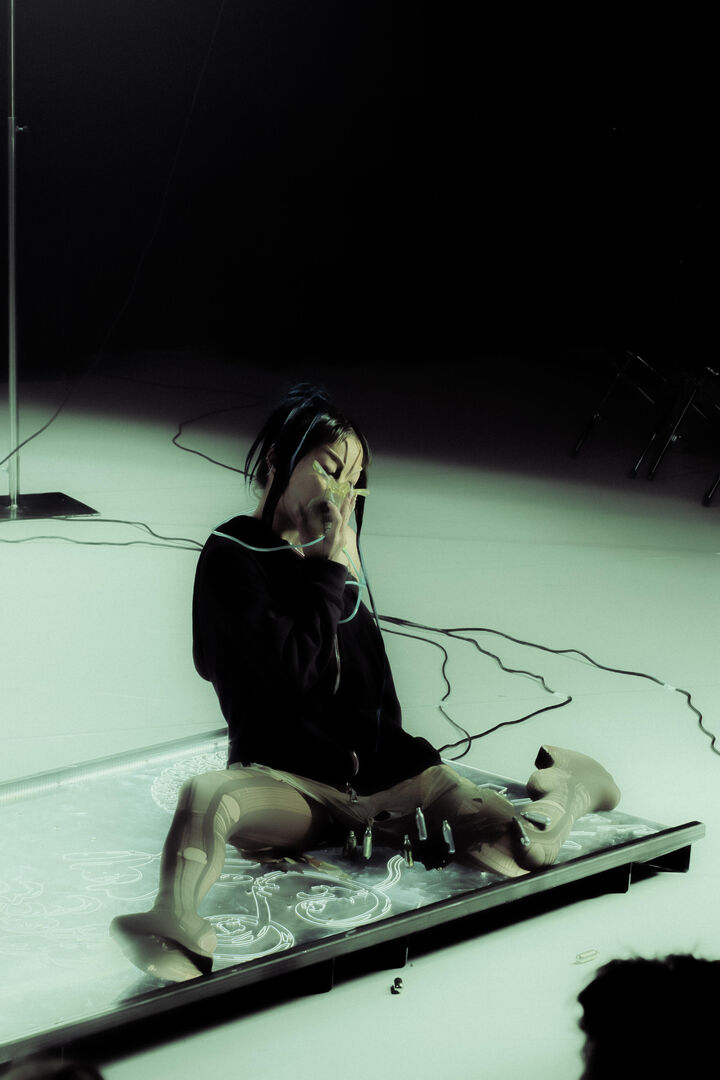


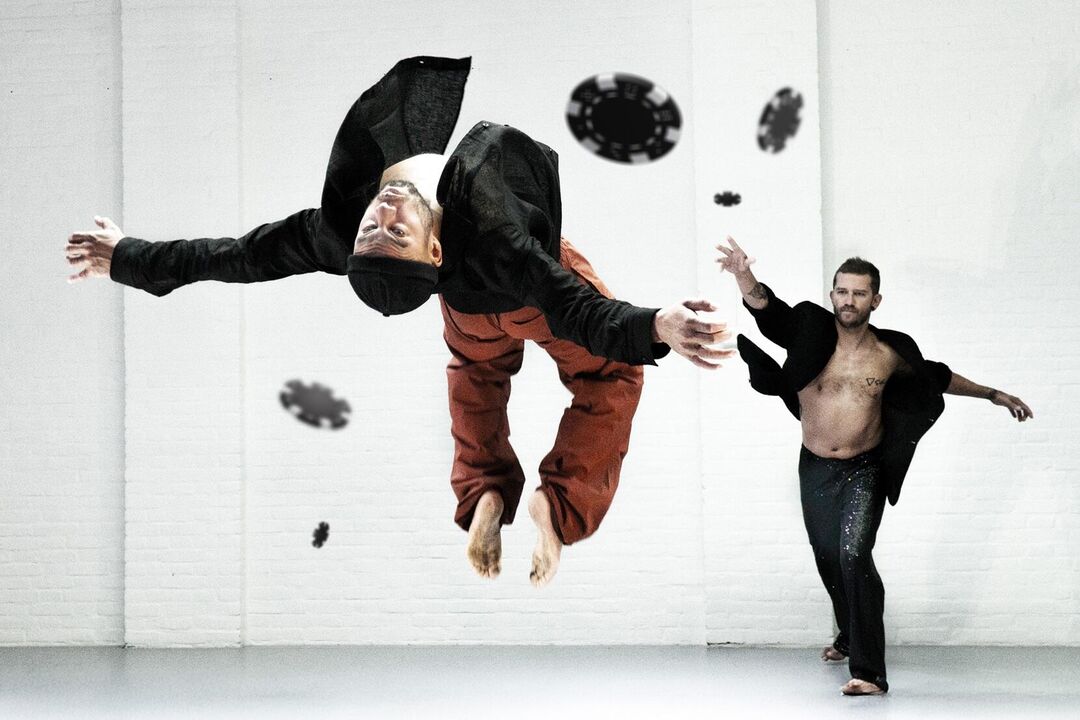

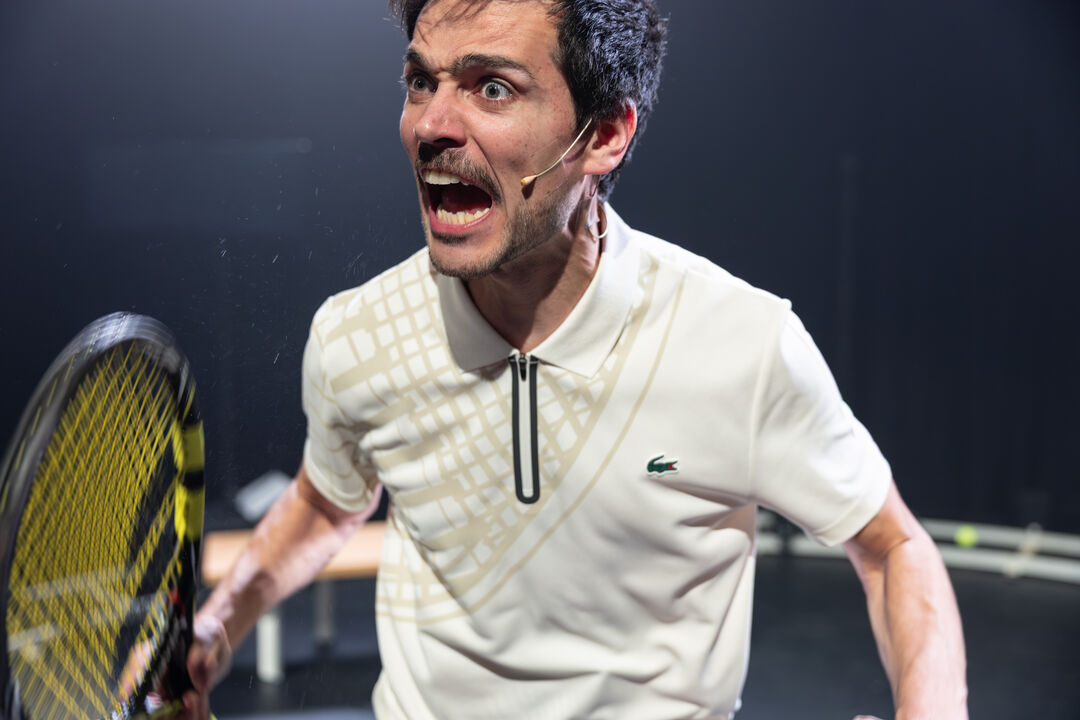
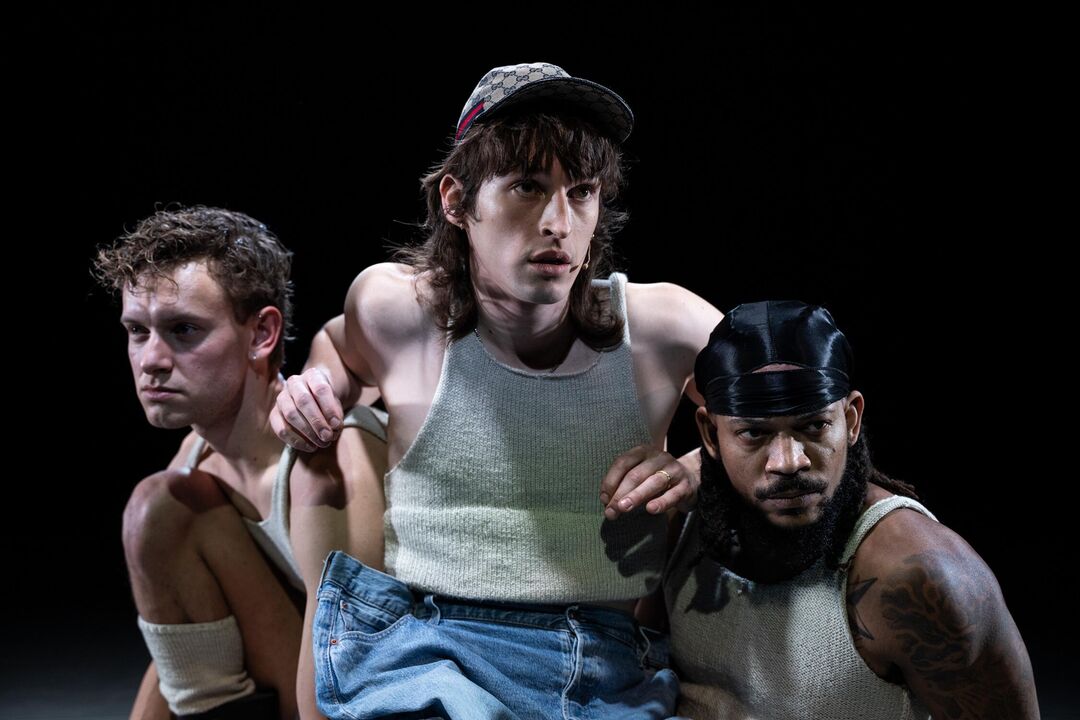
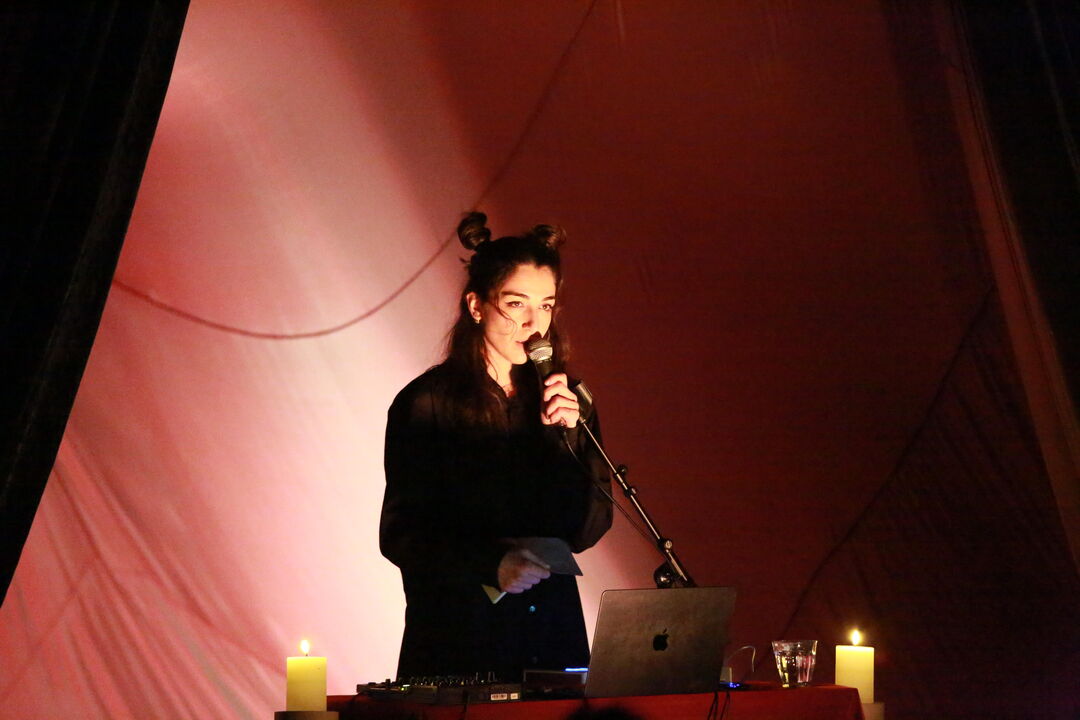
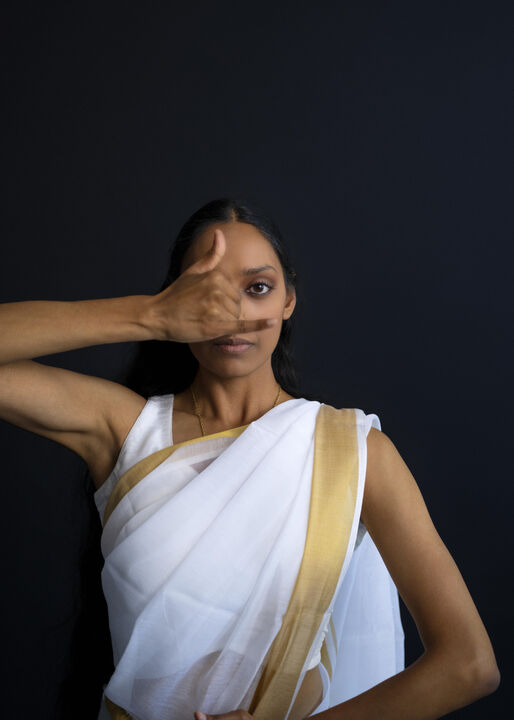
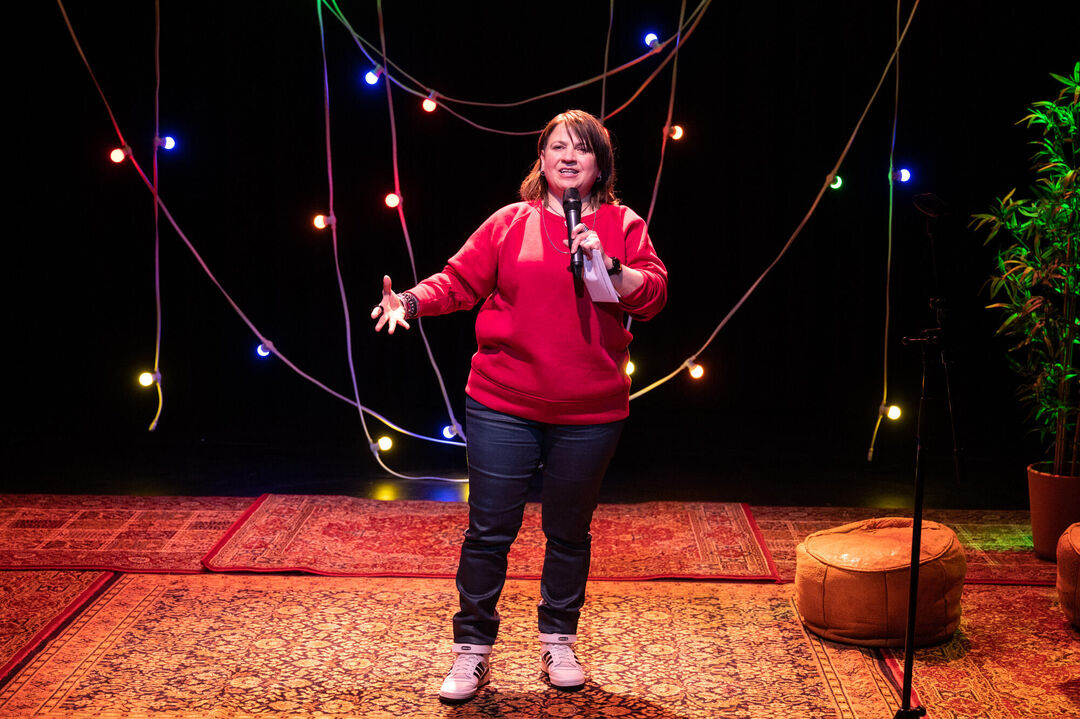
![Double bill: FR/AGILE & REFRACTION [breaking light]](https://www.theaterkikker.nl/cache/double-bill-fragile-refraction-breaking-light.14966/double-bill-fragile-refraction-breaking-light-s1080x720-q80.jpg)

